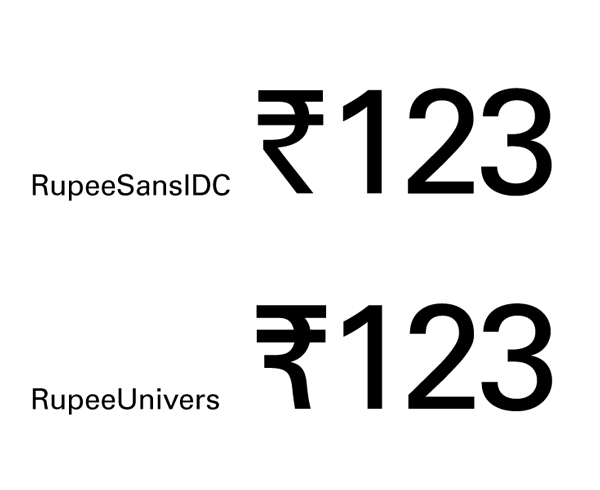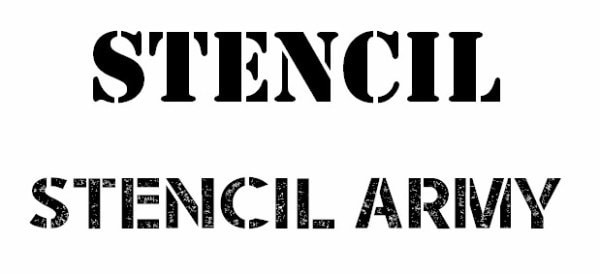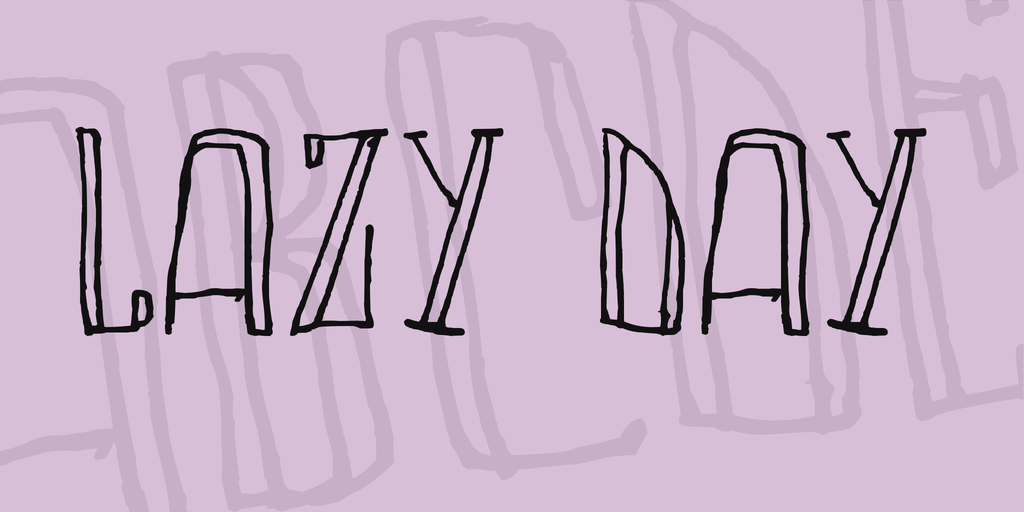

- #Latex using microsoft sans serif font windows 10
- #Latex using microsoft sans serif font pro
- #Latex using microsoft sans serif font software
- #Latex using microsoft sans serif font windows 7
- #Latex using microsoft sans serif font mac

Products that supply this font Product name
#Latex using microsoft sans serif font software
#Latex using microsoft sans serif font mac
Slng:'Arab', 'Armn', 'Cyrl', 'Geor', 'Grek', 'Hebr', 'Latn', 'Thai'ġ252 LaLatin 2: Eastern Europe 1251 Cyrillic 1253 Greek 1254 Turkish 1255 Hebrew 1256 Arabic 1257 Windows Baltic 1258 Vietnamese 874 Thai Mac Roman Macintosh Character Set (US Roman) 862 Hebrew 860 MS-DOS Portuguese 437 US All Rights Reserved.ĭlng:'Armn', 'Cyrl', 'Geor', 'Grek', 'Latn' It was designed to be metrically compatible with the MS Sans bitmap font that shipped in early versions of Microsoft Windows. This also avoids legal entanglements over embedded fonts.Microsoft Sans Serif font is a very legible User Interface (UI) font. To keep end users - viewing the PDFs on Macs or other computers without Segoe UI black - from seeing strange generic fonts, I convert the text in the PDFs to shapes before submitting them for web publication. I design publications which are either printed or placed as PDFs on my employer's website.
#Latex using microsoft sans serif font pro
I own a Mac at home, and I use Myriad Pro Black on my own projects.
#Latex using microsoft sans serif font windows 7
Segoe UI Black is not available on the Windows 7 machines where I work.įor Mac users, Myriad Pro Black is a reasonable substitute - which must be purchased.
#Latex using microsoft sans serif font windows 10
When my employer issued me a Windows 10 computer, I found Segoe UI Black, an excellent title font, which draws more attention than Segoe UI Bold or Semibold. I first noticed Segoe UI on Windows 7 computers in Microsoft Office 2013. But once Microsoft installed the font on computers owned by the general public with Windows or Office, the horse got out of the barn. Some argue that it is for computer developers ONLY, and illegal to use Segoe in publications or designs. There are a number of reasons for that, but my web searches have shown that Segoe UI was originally intended to be a screen display, or User Interface font on Windows (that's what UI stands for). Other articles will point out that Segoe UI Black is not installed on Macs, even with Microsoft Office 2016. If a font is not embedded, you're always at the mercy of someone else's system, and no font has 100% saturation everywhere. I'll add a disclaimer - as John notes, you can embed fonts. I'm not as knowledgeable about this, but I know that Publisher was the reason we ended up with Franklin Gothic on our PCs, and that is an excellent choice of a sans-serif. If you have the right version of Publisher (ours was 2003), there are some extra fonts available. Wikipedia told me that " Calibri won the TDC2 2005 award from the Type Directors Club under the Type System category." Microsoft Sans Serif font is a very legible User Interface (UI) font.

Everything I've read about and them adds to my personal opinion - they're good fonts to use. Three sans-serifs are available: Calibri, Candara, and Corbel. If you're using Office 2007 or later, the ClearType collection comes into play. I've personally never minded Trebuchet as a choice, but it doesn't seem to be as common. These advantages will become less relevant as pixel density increases, but they're good things to look for in a screen font for now.Īrial is almost universally panned by designers (see above link), Impact isn't practical outside of headlines, and even though Tahoma is more or less Verdana's skinny brother, it doesn't tend to draw as much praise. It was one of the first fonts that was designed with readability on the screen particularly in mind, so it has a large x-height (good for seeing the lowercase letters) and is well-hinted. A scientific study (funded by Microsoft, so take with a grain of salt) touted Verdana's readability, particularly at small sizes. Also, MoMA added it to its design collection, calling it (and the others in the collection) "a milestone in the history of typography". It was designed by Matthew Carter, a respected typeface designer, and the design itself is pretty original, so it doesn't get panned for its existence and history as much as Arial does. It's well-designed and is designed to be readable on the screen. Of the original " web-safe" (that is, as close to universal as you'll get on the Web) sans-serifs (Arial, Impact, Tahoma, Trebuchet MS, Verdana), Verdana tends to get the most love.


 0 kommentar(er)
0 kommentar(er)
